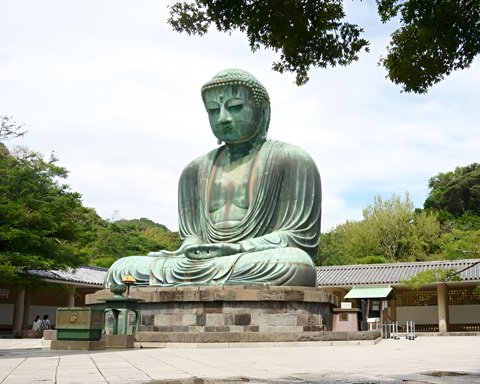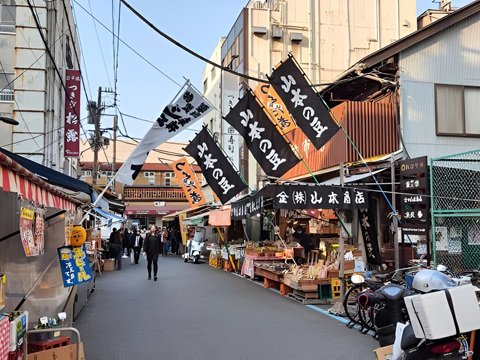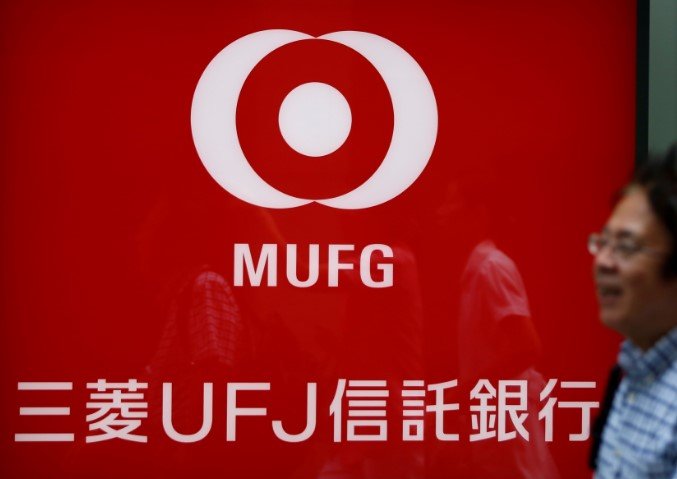Tokyo, the vibrant capital of Japan, is renowned for its seamless blend of ancient traditions and cutting-edge modernity. Among the city’s myriad attractions, the Tsukiji Fish Market stands out as a must-visit destination for travelers. Known as one of the largest fish markets in the world, Tsukiji is not just about fresh seafood; it’s a journey into Japan’s deep-rooted cultural heritage, where history, food, and local life intertwine. This tour of the Tsukiji Fish Market, combined with a visit to a 300-year-old Buddhist temple and a climb to a hidden observation deck, offers a truly immersive experience in Tokyo’s cultural and culinary landscape.
A Glimpse into History: Visit to a 300-Year-Old Buddhist Temple

The tour begins with a step back in time as you visit a historic 300-year-old Buddhist temple. Japan’s temples are not just places of worship; they are repositories of the country’s rich cultural and spiritual heritage. This temple, located just a short walk from the bustling market, offers a serene contrast to the lively atmosphere of Tsukiji.
As you approach the temple, you’ll be greeted by the sight of traditional Japanese architecture, with its distinctive curved roofs and ornate carvings. The temple grounds are a haven of peace, adorned with lush gardens, ancient stone lanterns, and towering trees. Inside the temple, the air is filled with the faint scent of incense, and the walls are adorned with intricate Buddhist art that tells stories of devotion and enlightenment.
Visitors are often struck by the temple’s serene atmosphere, a reminder of the enduring spiritual traditions that have shaped Japanese society for centuries. Whether you’re a practicing Buddhist or simply a curious traveler, the experience offers a moment of reflection and a deeper understanding of Japan’s spiritual culture.
The Heart of Tokyo’s Culinary Scene: Tsukiji Fish Market
After soaking in the tranquility of the temple, the tour shifts gears as you enter the vibrant world of Tsukiji Fish Market. While the Inner Market, known for its early-morning tuna auctions, has moved to Toyosu, the Outer Market remains a bustling hub of activity and a beloved spot for locals and tourists alike.
Tsukiji’s Outer Market is a sensory overload in the best possible way. As you wander through the narrow lanes, you’ll be surrounded by stalls brimming with fresh seafood, colorful vegetables, and a variety of other culinary delights. The market is famous for its array of seafood, from delicate slices of sashimi-grade tuna to plump, glistening oysters. But it’s not just seafood that’s on offer; you’ll also find an impressive selection of Japanese knives, ceramics, and other kitchenware that reflect the country’s attention to detail and craftsmanship.
One of the highlights of the Tsukiji experience is the chance to sample some of the freshest sashimi you’ll ever taste. Many vendors offer sashimi bowls, or donburi, where thin slices of raw fish are served over a bed of rice, often accompanied by wasabi and soy sauce. Each bite is a testament to the freshness of the ingredients, with the flavors of the sea melting in your mouth. For those who prefer cooked food, there are also plenty of options, including grilled eel, tempura, and tamagoyaki (a sweet, fluffy Japanese omelet).
Exploring Tsukiji with a local guide enhances the experience, as they can provide insights into the history of the market, the significance of the various foods, and tips on how to navigate the bustling environment. Guides often have personal connections with the vendors, allowing for more intimate interactions and the opportunity to learn about the traditions that have been passed down through generations of fishmongers and artisans.
A Culinary Adventure: Savoring Sashimi Bowls for Lunch
After exploring the market, it’s time to indulge in a delicious lunch. The sashimi bowls offered at Tsukiji are a highlight of the tour. These bowls, known as kaisendon, are a celebration of the sea’s bounty, featuring a variety of fresh seafood such as tuna, salmon, sea urchin, and scallops, all artfully arranged over a bed of vinegared rice.
Each bowl is a masterpiece, showcasing the vibrant colors and textures of the ingredients. The taste is equally impressive, with the rich umami flavors of the seafood complemented by the slight tang of the rice. The freshness of the ingredients is unparalleled, as most of the seafood has been sourced directly from the market that morning.
For those with adventurous palates, there are also options to try more exotic seafood, such as squid, octopus, and even whale (though the latter is controversial and subject to ethical considerations). However, even if you stick to more familiar options, the experience of dining at Tsukiji is one that will leave a lasting impression.
A Hidden Gem: The Observation Deck
The final leg of the tour takes you to a hidden observation deck that offers breathtaking views of the Tsukiji Fish Market and the surrounding Tokyo skyline. This vantage point, often overlooked by tourists, provides a unique perspective on the market’s layout and the frenetic activity below.
From this elevated position, you can observe the market in action, with vendors bustling about, customers haggling over prices, and deliveries being made at a rapid pace. The observation deck also offers a stunning view of Tokyo’s skyline, with its mix of modern skyscrapers and traditional buildings.
The contrast between the old and new is a recurring theme in Tokyo, and it’s particularly evident from this viewpoint. On one side, you have the historic market, with its labyrinthine alleys and time-honored traditions, while on the other, the sleek, futuristic architecture of Tokyo’s business districts rises in the distance. It’s a visual representation of the city’s unique ability to honor its past while embracing the future.
Tips for a Memorable Tour
To make the most of your visit to the Tsukiji Fish Market, here are a few tips:
- Arrive Early: The market is most lively in the morning, so aim to arrive early to experience the full energy of the place. Many stalls start winding down by early afternoon.
- Wear Comfortable Shoes: The market’s narrow lanes and bustling crowds mean you’ll be on your feet for much of the tour, so comfortable footwear is essential.
- Bring Cash: While some vendors accept credit cards, many prefer cash, especially for smaller purchases.
- Be Respectful: Tsukiji is a working market, and while vendors are used to tourists, it’s important to be respectful of their space and time. Ask permission before taking photos and avoid blocking their work areas.
- Enjoy the Experience: Tsukiji is more than just a market; it’s a cultural experience. Take the time to savor the sights, sounds, and flavors, and don’t be afraid to try something new.
Conclusion: A Journey Through Tradition and Taste
A visit to Tokyo’s Tsukiji Fish Market is more than just a culinary adventure; it’s a journey through the heart of Japanese culture. From the serenity of a 300-year-old Buddhist temple to the vibrant energy of the market, this tour offers a unique insight into the traditions and tastes that define Tokyo. Whether you’re a food lover, a history buff, or simply a curious traveler, the Tsukiji Fish Market tour promises an unforgettable experience that will leave you with a deeper appreciation for Japan’s rich cultural heritage.
So, lace up your walking shoes, bring your appetite, and get ready to dive into the sights, sounds, and flavors of Tokyo’s most famous market. Whether you’re sampling fresh sashimi, admiring the view from the observation deck, or learning about the market’s history from a local guide, you’ll find that Tsukiji is a place where tradition and taste come together in the most delightful way.











